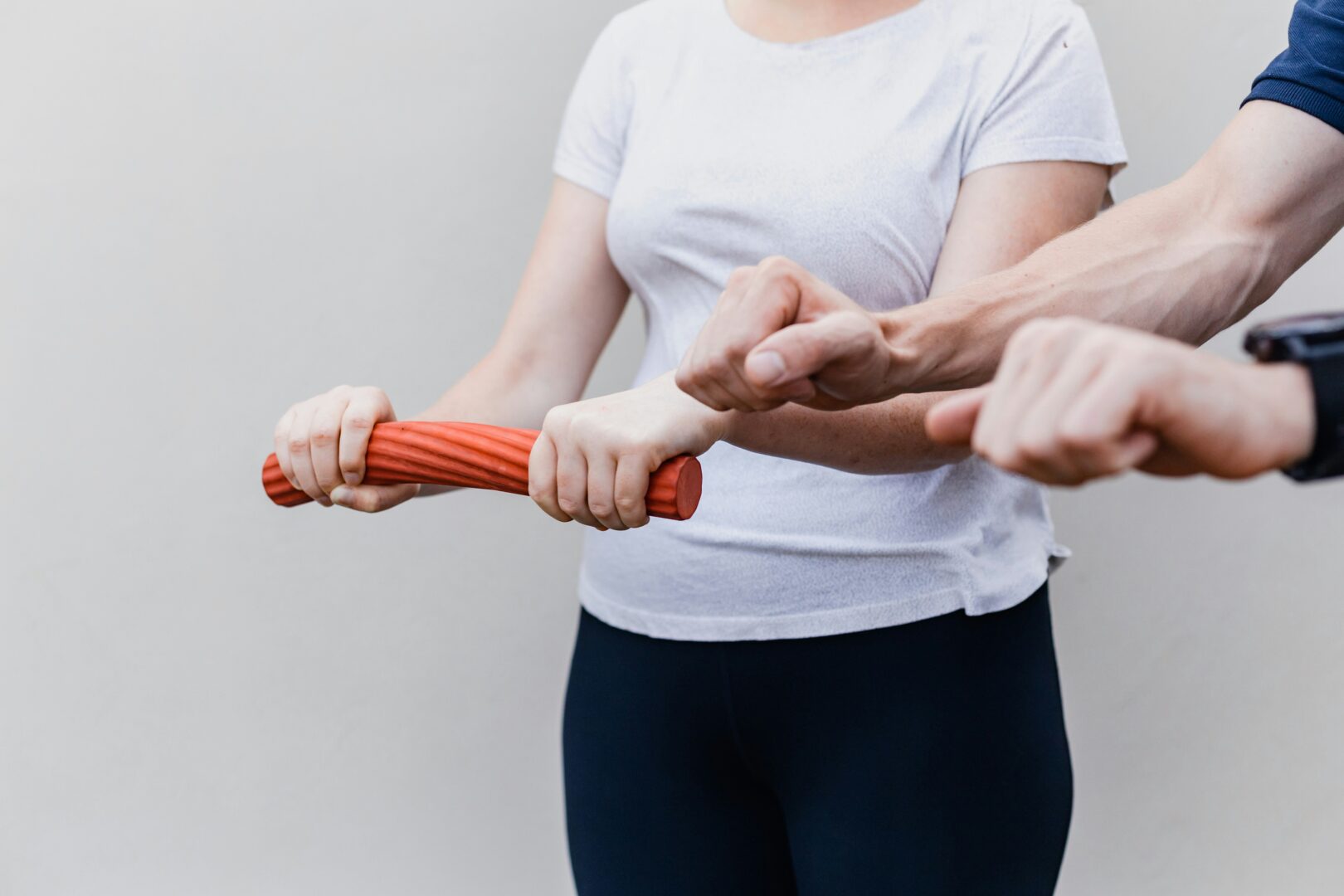VR is helping athletes. Dating back to 2019, the University of Alabama began using Virtual Reality to help athletes during rehab. The idea was to keep athletes engaged and motivated during long recovery periods. The introduction of VR made exercises less repetitive and more interactive, turning rehab into an exciting activity.
Why Is VR Effective In Rehab?
VR provides an engaging experience that traditional rehab methods often lack. According to Ryan Vicknair, a clinician at the University of Alabama, “VR makes rehab feel less like a chore and more like playing a game.” This approach not only distracts from pain but also encourages athletes to push themselves further.
Real Success Stories from St George’s Hospital
At St George’s Hospital in London, VR has been a game-changer for patients with severe injuries, such as rib fractures and leg injuries. Jack Fowler-Thick, recovering from a motorcycle accident, shared, “The VR sessions are the best part of my day. They distract me from the pain and help me feel like I’m making real progress.”
Trauma physiotherapist Elly Tebbutt has observed similar reactions. “Patients are more willing to push through their pain when they’re engaged in a VR game,” she notes. “It’s amazing to see how it lifts their spirits and motivates them to move.”
Why Is VR Rehab Great?
These are some benefits of bringing VR into sports rehabilitation…
Pain Distraction: VR games grab the patient’s attention, making them forget about their discomfort. This focus on the game helps to make exercises feel easier.
Personalised Therapy: VR can be adjusted to fit each person’s needs such as improving coordination, strength, or other skills.
Mental Health Lift: Long rehab periods can be tough on the mind. VR adds variety to the routine, helping to ease anxiety and lift spirits.
More from Tech
- How Does Antivirus Software Impact System Performance?
- How Does Air Traffic Control Technology Work?
- What Role Does Broadband Play In Bridging The Digital Divide?
- How Can Telemedicine Startups Support Healthcare Delivery In Disaster-Affected Areas?
- Digital Capability Exchange UK Launches To Offer Open Access To Tech Talent
- What Is Facial Recognition Technology and How Does It Work?
- What Is Age Verification Tech, And What Does It Look Like In 2025?
- Top 10 VoIP Features Every Business Should Know About
The success stories from the University of Alabama and St George’s Hospital show that VR could really be a great solution for sports rehabilitation. Victoria Reboredo from King’s College London believes VR will continue to be important in physiotherapy. “VR is opening new doors in rehabilitation,” she says. “As technology advances, our methods will evolve, making rehab more effective and enjoyable for everyone.”
Virtual Reality is proving to be a valuable tool in sports rehab, combining fun with function and helping athletes and patients recover faster and with a positive outlook.
UK Companies Leading The Way In VR Sports Rehab
In the UK, there are a few centres that are exploring VR sports rehab, and two of which are Summit Medical and Scientific and Sprint Physiotherapy.
Summit Medical and Scientific has embraced VR technology to make sports rehab more exciting. They offer a variety of VR products to support recovery efforts. Their equipment, like the Motek CAREN system and the C-Mill treadmill, combines virtual and augmented reality to create engaging rehab settings to help patients practice walking, balance, and coordination in safe environments that feel like real-world scenarios.
The experience provided by VR makes the rehab process more interactive.
And then, Sprint Physiotherapy in London uses VR for their vestibular rehabilitation programmes, with head-mounted VR devices to help patients deal with dizziness, balance issues, and postural control problems. The VR rehab sessions simulate real-life scenarios, helping patients regain confidence in their movements.

